By Dr Erin Roddy, DVM
Many horses can get a little chubby, but if you notice distinct, raised areas of fat on your horse, something a bit more serious than ‘a few too many dinners’ is going on!
Why does my horse have fatty lumps?
‘Fatty lumps’ is a semi-technical term for abnormal deposits of fat on your horse, which can also be called fat pads or patchy fat. These deposits are distinct, raised areas of fat which start out soft and spongy, but over time can become quite firm. Normally a horse with fatty lumps will be in moderate to obese condition, but they can even be found on under-conditioned or ‘ribby’ horses.
Fatty Lumps are a serious indication of underlying issues
Whatever the horse’s condition, the appearance of fatty lumps are a main indicator of a horse having Equine Metabolic Syndrome (EMS) and/or Insulin Resistance (IR).
As Veterinarians, we usually see these fatty lumps behind the shoulder, over the ribcage, on top of the butt, and around the sheath; although they can occur anywhere.
The most common fatty area on horses, and usually the largest area of fat on any given horse, develops along the crest of the neck. While some breeds of horses have a benign genetic predisposition to a large, cresty neck, it is easy to identify a horse with an unnaturally cresty neck because they will have a large dip in the tissue in front of the withers, where the neck disappears.
Ineffective sugar metabolism leads to fatty lumps
Horses suffering from Equine Metabolic Syndrome (EMS) or Insulin Resistance are predisposed to developing fatty lumps because they do not metabolize or absorb sugar correctly. Most of the starch and sugar consumed by EMS sufferers ends up being quickly stored and deposited as a fat, rather than being used for energy. Because the sugar and starch bypass the metabolic process and are immediately stored and deposited, the fat forms into distinct lumps.
This is different to how fat is stored in a healthy horse with healthy blood sugar levels and normal insulin levels. On a horse who simply got a bit too little exercise or too much feed for a while, the excess fat would normally be distributed evenly as a continuous layer of fat throughout the body, and the horse would just look a bit too sleek and chubby.
Helping your horse with EMS or Insulin Resistance
A balanced diet low in calories, starch, and sugar is extremely important in managing any horse suffering from EMS/IR, or any horse who is displaying fatty lumps.
In addition, as much exercise as possible will help the horse to burn off the excess fat. That being said, many horses with chronic fatty lumps or soundness issues struggle to shift the stored fat at all despite the best possible management, as this is often an effect of Insulin Resistance .
Introducing MetaboLize®
Poseidon Animal Health’s new product MetaboLize® aims to be a game changer for horses and ponies suffering from fatty lumps.
MetaboLize® is designed to assist favourable microflora population, helping to provide optimum conditions for the maintenance of optimal metabolic function.
With a healthier gut, your horse will have increased energy, better coat condition, and overall improved performance.
As well as our Vet Supervised Trial, many other horses and ponies have participated in trialing MetaboLize® separately. Every person reported positive changes in their animals’ health and wellbeing, including benefits like increased energy and willingness to move, a reduction in fat lumps, easier weight management, and reduced episodes of laminitis.
Find out more about MetaboLize® here.














